TV&V: How does Edgar Alvarez work with animation?
Edgar Alvarez: I've been doing animation for about 10 years. The first thing I did was an animated short film in cinema, which was called "The Fox and the Raven".
Basically, the field I've worked on is called Stop Motion, that is, —Frame by Frame—. In this type of animation a figure is taken in plasticine or in any material and the character is given movement progressively, this case is very different from the work in cartoon, in which, one has to make a large number of drawings and thus create the animation with each one. Through the Stop Motion technique you have a basic character and you give him the movement step by step.
TV&V: Where was it formed?
E.A.: My initial basic training was with work in a commercial production company. There my teacher was Danilo Sánchez. It should be said that, particularly in Colombia there were not and still are no training schools in animation, and that happens in almost all of Latin America. At least in the countries I know. Animation is a field for self-taught. Some people went to study in Europe or in schools in Canada, Belgium or France and came back with the idea of teaching something they learned, but this animation is more of a trade, something like woodworking where the carver teaches another and this one another, and so on.
TV&V: What experiences have you had within the animation work?
E.A.: Here, together with my team, we have made animations for presentations of TV programs, commercials and clips. With this work of the clips, in particular, we have done very well, because they are works that have been shown in other countries. We had an important experience with a program called "Apple Green" for which a series of clips and small vignettes were made that recreated historical facts. Something very similar to what was done with Cantinflas.
"Verde Manzana" had a great diffusion. Clips were always accompanied by processes. That is, we taught history, but in addition to this, we taught how to build the character in plasticine.
Another major project was done for the Discovery Kids channel. In this case, a series of short films were made about children's fables from Latin America. We did one that achieved recognition called "The Trout of the Slut Aunt." In this work we show typical things of each country, traditional fables such as the Legend of The Dorado and well-known themes in each culture.
This project was very demanding since the work with international channels is very long, the production is delivered and they plan the broadcast two years later. They are much more rigorous and the quality control is very high. For this, we have had to evolve a lot in terms of the level of equipment since Discovery works with very high production quality parameters with very little margin for error.
We are now moving forward with the production of four short films for a child protection institution sponsored by UNICEF. This work will be done in cartoon. We continue with the idea, towards the future, of making our own films.
TV&V: What are the most recognized schools in this field?
E.A.: There are basically two schools: the Canadian and the Disney school, in which the Japanese cartoon school fits. There are also other very strong ones in Europe.
Throughout history they have changed a lot. For example; the traditional animation, was the one that was made in acetate and always had large teams of draftsmen, others who went to ink, others who put color to the drawings and other people who were in charge of the assembly.
Today with the techniques and resources of computer animation, the work on this type of animation is much more impersonal.
The work of plasticine and the Stop Motion technique, make up a much more personal type of animation. In clay animation work, the filmmaker must do everything from the lighting work to the camera. Although everyone is assuming a position and little by little becomes a specialist, it is something much more personal because of the direct contact with the dolls. One is the one who gives him the expression and one is always feeling what he does. In clay animation, staging is something similar to making a novel or something, because it requires a lighting technician and all the production team that use these series. It's more like the way you do T.V.
TV&V: What is animation for you?
E.A.: Animation is about bringing something to life and transmitting what one feels. You usually do real art when you do animation, it's something you say, "that doll has a lot of stuff that I have." Here happens what happens, for example, with the caricature, where the characters identify a lot with their creator. It's about transporting yourself so much to a character that you can give him life. For example, when you see Mickey Mouse or Donald Duck, you see that they are characters who have so much personality that, really, that's where they come to life.
TV&V: Has animation evolved in Latin America?
E.A.: In the field of Latin America it has evolved a lot, a very important example in this field is Juan Padrón from Cuba. He was one of the first to make a Latin American production. With "Vampiros en la Habana" and other short films, a breakthrough was seen in this work. Of course this was the first animation school that existed in Latin America, but concentrated on the technique of drawing.
In Mexico for example, they are doing a lot of animation. In other countries, there is the case of Argentina where many things have been done, for example the work of Mafalda.
Here in Colombia we are doing "The Next Program" which is also part of the examples that show that here in Latin America you can make animation programs.
Something that has served a lot has been the technological evolution and the applications that exist for the development of computer animation.
TV&V: How has your work been specifically in the field of training?
E.A.: In this field we distribute teaching videos in the U.S. market and here in Latin America in Peru, Ecuador, Mexico, Venezuela, Chile, Argentina, Panama and Colombia.
We have been pioneers in the field of teaching plasticine work.
With our human team we have tried to continue that training process and we are starting a small animation school that studies all the techniques.
TV&V: Is this field being explored further today?
E.A.: It has evolved a lot, technology and resources help. The vision regarding this field is very different when you have access to channels such as Locomotion, in which you see animation all day or as in MTV that has exploited the resource in music videos.
On the other hand, the same themes of animation have evolved, today you see different things than super-heroes, you see different problems. Perhaps, that has made young people more interested in animation.



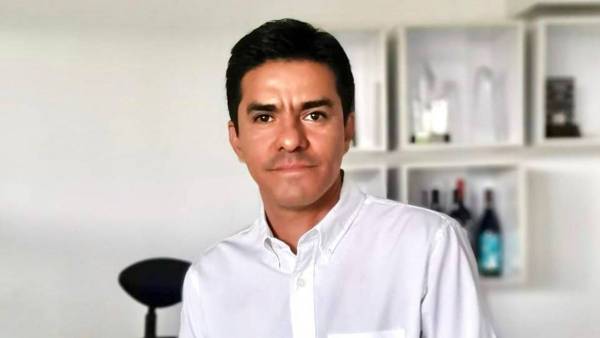


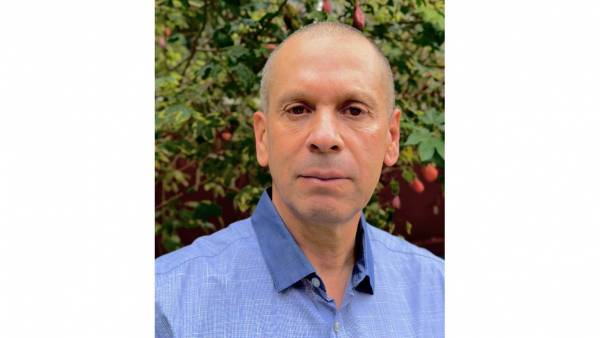

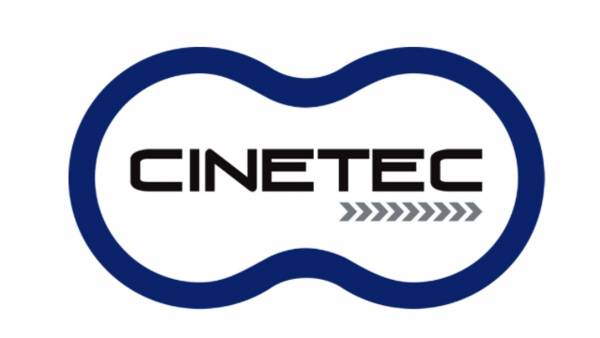





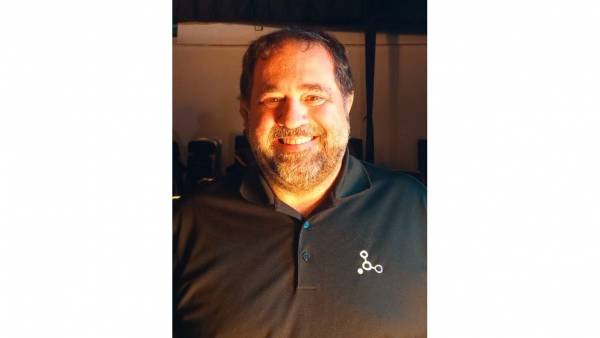
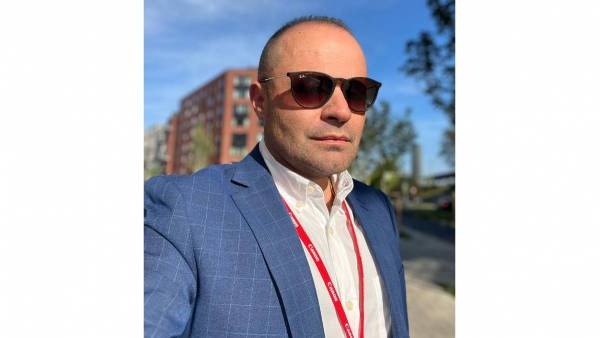







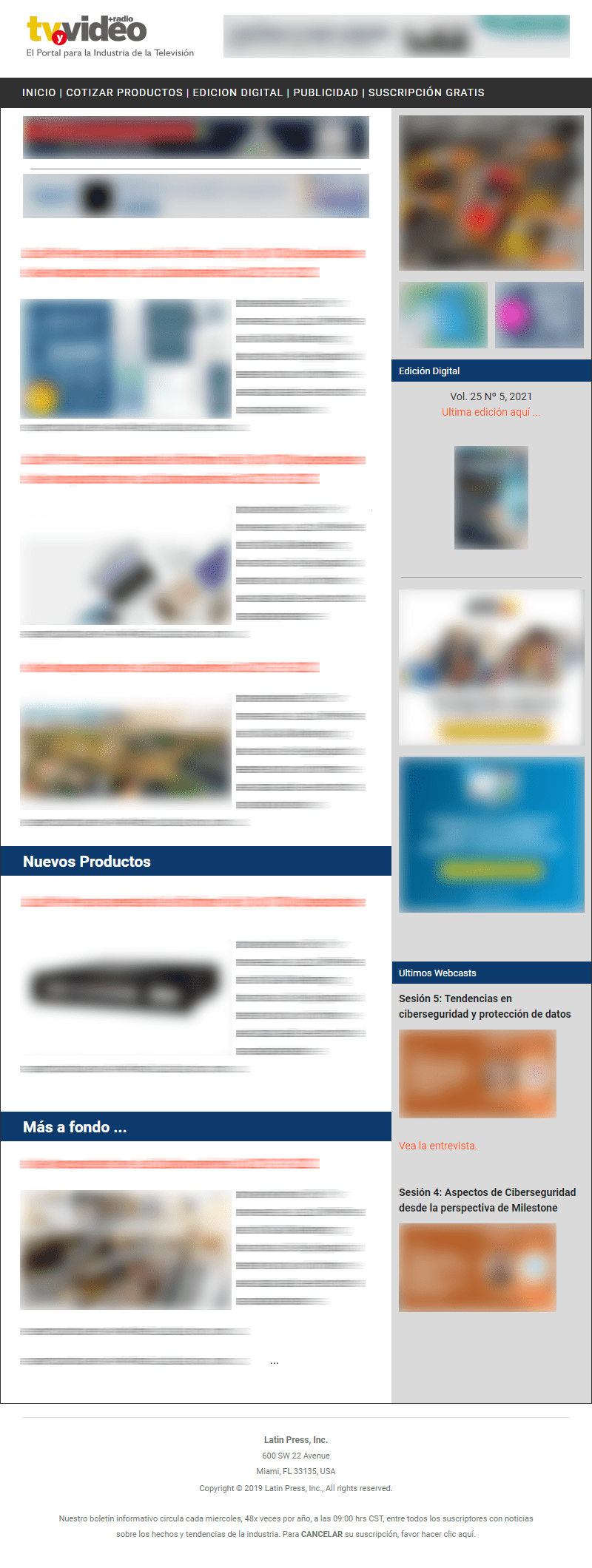
Leave your comment